Blog
Process-Driven PPM: Getting the Most Out of Your New Product Development Projects

Getting the Most Out of Your New Product Development Projects
From R&D to customer service, effectively serving the value chain is an integral part of an organization’s success when bringing new products to market. The fact is many organizations run their New Product Development (NPD) projects in siloed environments and don’t take into account all of the elements that can impact a product’s success. NPD projects do not only live in the world of marketing and engineering; in many cases they need to incorporate the strategic objectives of executives, the demand of customers and the bottom line of operations and finance to realize their success.
With this reality, a sound Project and Portfolio Management strategy is needed to consolidate all the business processes that drive the business. This is especially true with NPD projects that impact all facets of the businesses they serve.
In this paper, you will learn how an effective Process-Driven PPM strategy can play a critical role in streamlining your NPD projects.
NPD Projects and the Value Chain
Typically, product-centric organizations employ a project and portfolio management (PPM) strategy as a support activity in streamlining the way products are conceived, produced and distributed to the market. Especially when it comes to new product introduction and development projects, PPM tends to be isolated with the marketing and engineers’ groups responsible for the successful development and launching of new products. Although it’s true that most project and portfolio governance frameworks will ultimately lead to better and more profitable products, the total value project and portfolio management can contribute to the organization is often incomplete. In many cases, finance, operations and a large portion of executives are not included in the establishment of an organization’s PPM strategy. Moreover, the PPM strategy implemented tends to be more tactical than strategic. Often product-centric organizations utilize PPM to monitor the day-to-day activities of the portfolio of projects at hand by identifying project bottlenecks, tracking project progress, and reviewing project budgets. Though it may be true that the projects that drive innovation are what makes these organizations succeed, the value PPM can deliver is usually never fully realized.
To fully benefit from a sound PPM strategy, product-centric organizations need to recognize the possibilities project and portfolio management can contribute to its “Value Chain.” The value chain is a theory popularized by Michael Porter that asserts that by analyzing value creating activities by various groups within an organization one can determine the competitive advantage, or lack thereof, that is contributing to the success or failure of a product. Every group in the chain has the potential to maximize its contribution directly impacting a product’s profitability.
The value chain, also known as value chain analysis, is a concept from business management that was first described and popularized by Michael Porter in his 1985 best-seller, Competitive Advantage: Creating and Sustaining Superior Performance.

In organizations where new product introduction drives the business, PPM can play a vital role in facilitating value creating activities by improving collaboration, delivering relevant project information, and increasing visibility to those key decision makers across the entire value chain. Fundamentally, PPM needs to interlink the multiple value chains within an organization so that all stakeholders can benefit from true visibility into what makes their product development projects tick.
Does Your PPM Strategy Serve the Entire Organization? Or Are You Seeing Only Half the Picture?
A common error made by many product-centric organizations is to apply popular PPM strategies primarily designed for IT groups. These project portfolio management strategies usually applied to IT projects do not translate well in the world of product development. IT projects serve the infrastructure that supports the operations of an organization. In contrast, product development projects are usually at the heart of Porter’s primary activities which are the primary drivers for revenue generating and value creating activities. In fact, the activities surrounding product development directly impacts both the top line and bottom-line results of the organization. Where the goal of a PPM strategy for IT seeks to align its projects with corporate objectives, product development projects are inherently connected to the corporate objectives.
To develop a comprehensive PPM strategy for product development projects, your organization may want to consider the following questions:
- Does your PPM strategy include all stakeholders impacting the success of your projects?
- How well can different groups across the organization collaborate on projects?
- Does your strategy monitor value-creating activities, such as sourcing, market conditions, and distribution?
- Does your PPM strategy include both strategic visibility into portfolios, projects, and resources, while maintaining a pulse of tactical project activities across the value chain?
Product development projects demand critical input from sources outside the project. In many cases, a product development project’s success is determined by evaluating the entire lifecycle of a product which include define, design, supply, manufacture, promote and services phases of the product.
Although the define and design portion of projects are usually covered in a product development PPM strategy, the latter four phases of supply, manufacture, promotion, and services in which products are actually manufactured, distributed to the market and serviced are often ignored. Unfortunately, many organizations are not maximizing their PPM strategy to include all product lifecycle activities that are managed across the value chain.
Process-Driven PPM: Maximizing Value in NPD Projects
So, the question is: how does an organization implement an all-encompassing project portfolio management strategy that will optimize the success of its product development projects? With multiple value chains to consider, this is never an easy task. A comprehensive PPM strategy for NPD projects needs to be able to map all business processes to all groups that directly and indirectly touch the product development projects they serve. In order to do so, here are some high-level strategies to include in your PPM framework:
- Project Governance – organizations need to ensure the development of standard documentation, policies and procedures surrounding projects. An agreed upon formal process will facilitate better visibility into projects and portfolios.
- Business Process Management – organizations need to ensure that their implementation of project workflows include the relevant stakeholders for the appropriate approval and review processes responsible for a project’s success. In new product development projects phase-review methodologies need to map to stakeholder involvement and contribution to the portfolio and pipeline of projects. To fully maximize the value of the projects, multiple workflows should also map to the multiple value chains that contribute to a project’s outcome.
- Project Collaboration – organizations need to provide the means for dispersed teams and stakeholders to effectively contribute feedback and view information so that there is complete transparency and input across the entire value chain. Collaboration includes automatic alerts of relevant information to project stakeholders, comprehensive reporting, and the sharing of information.
The goal should be to develop a project and portfolio management strategy that is not solely focused on delivering project information to project managers and team members, but to establish a process-driven strategy that delivers a 360-degree view to the entire organization. True process-driven PPM allows for a collaborative and inclusive strategy that facilitates value creating activities from all stakeholders involved prior to projects, during project execution and following the completion of projects.

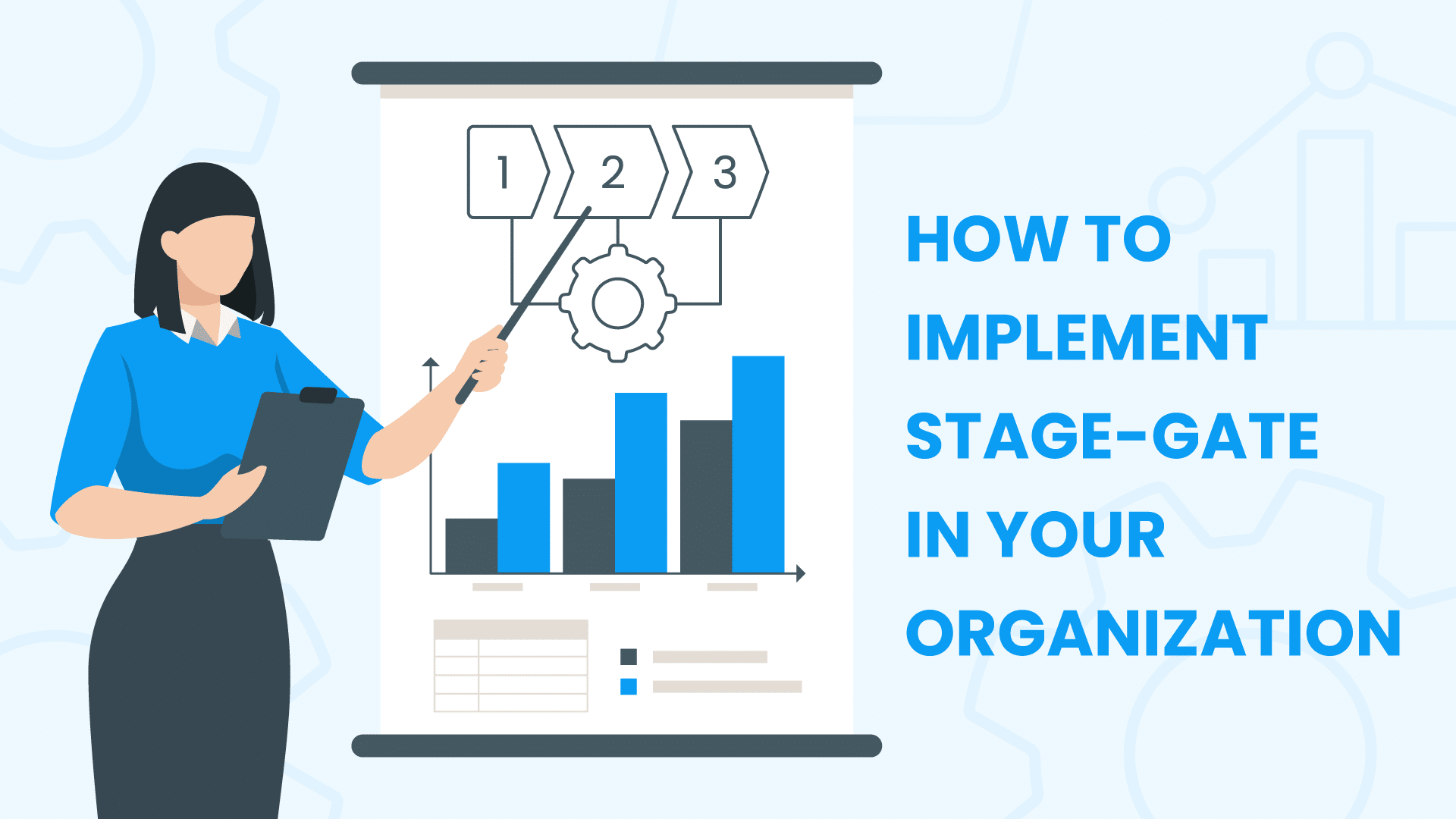


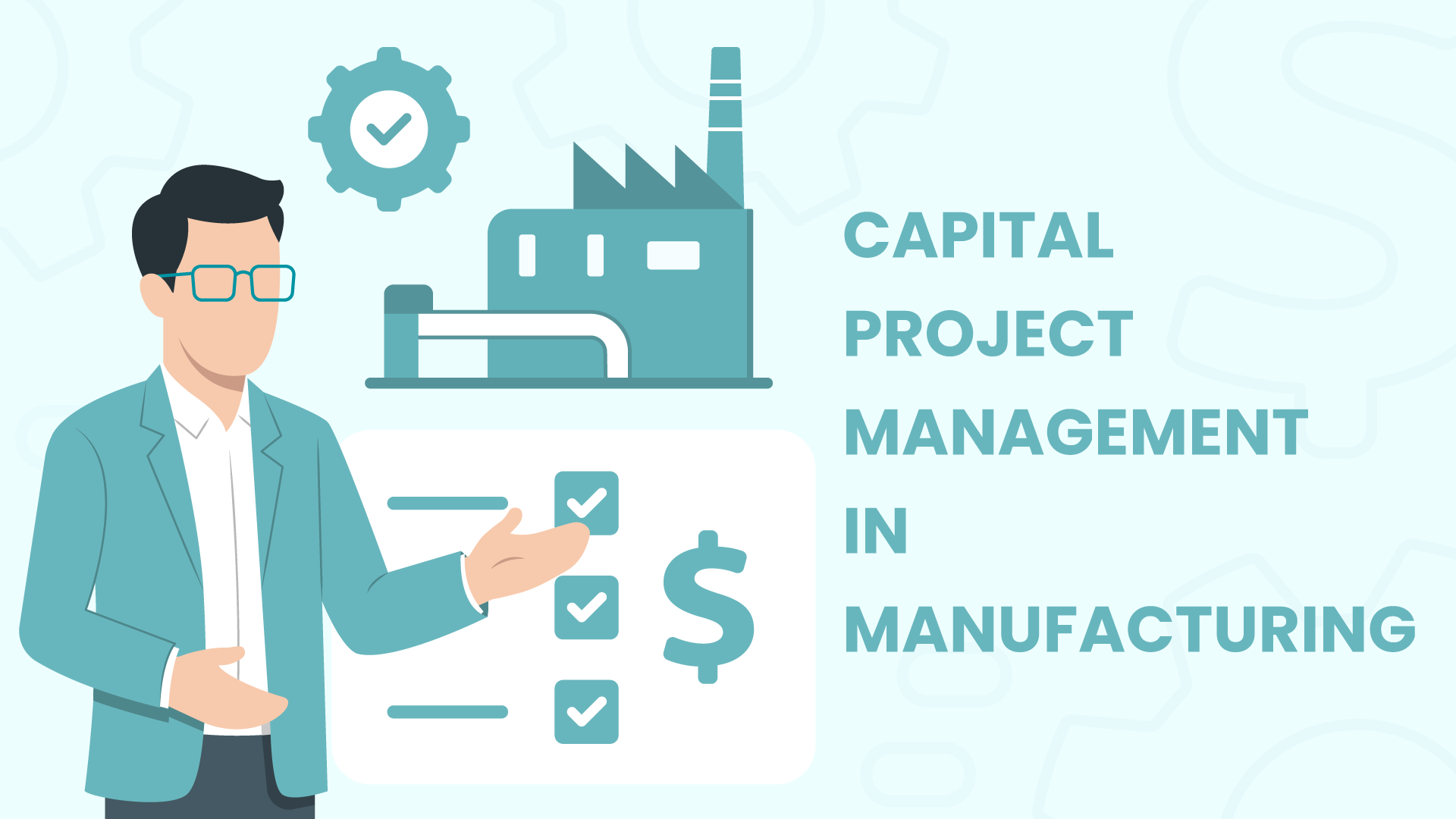



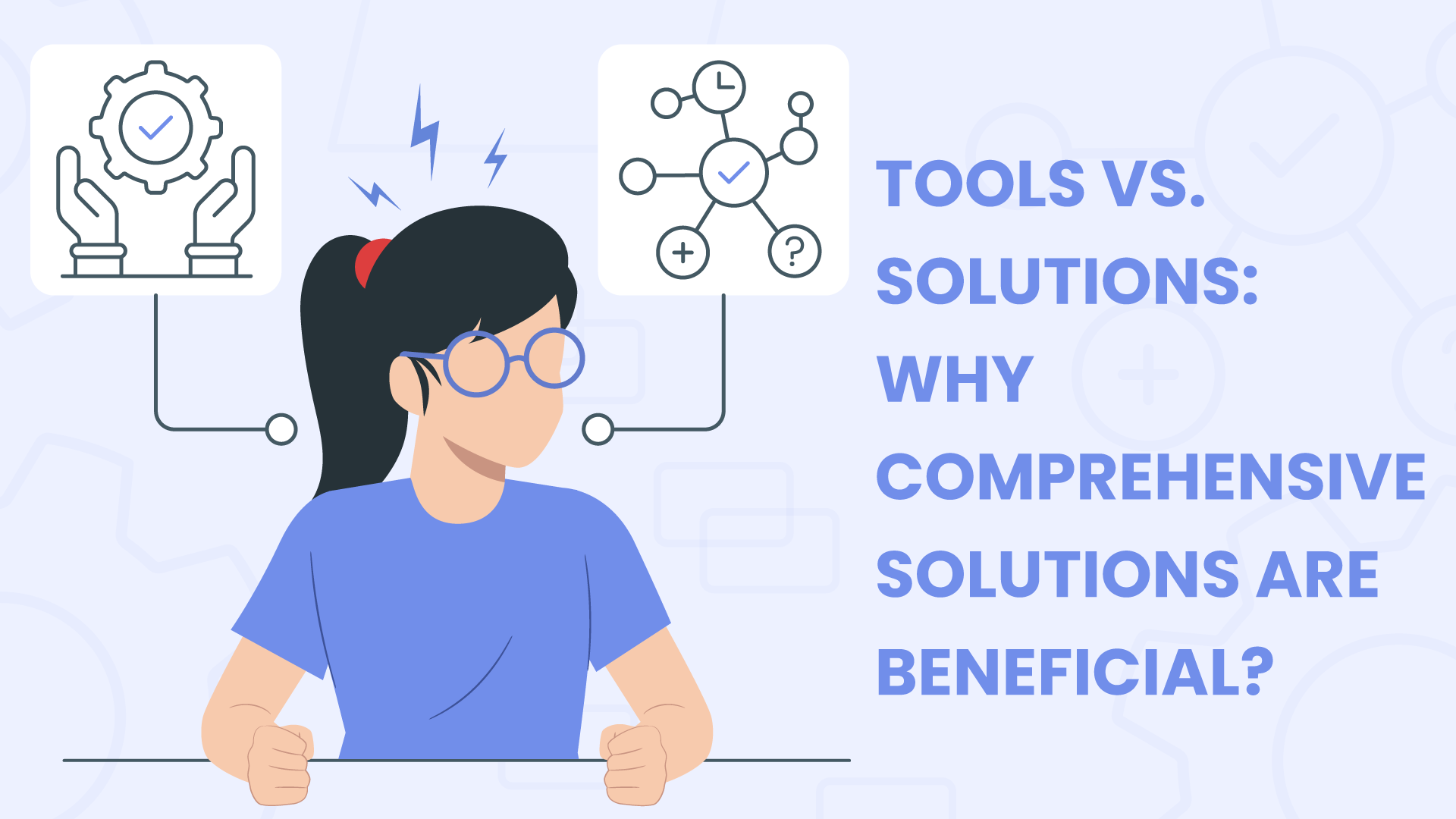




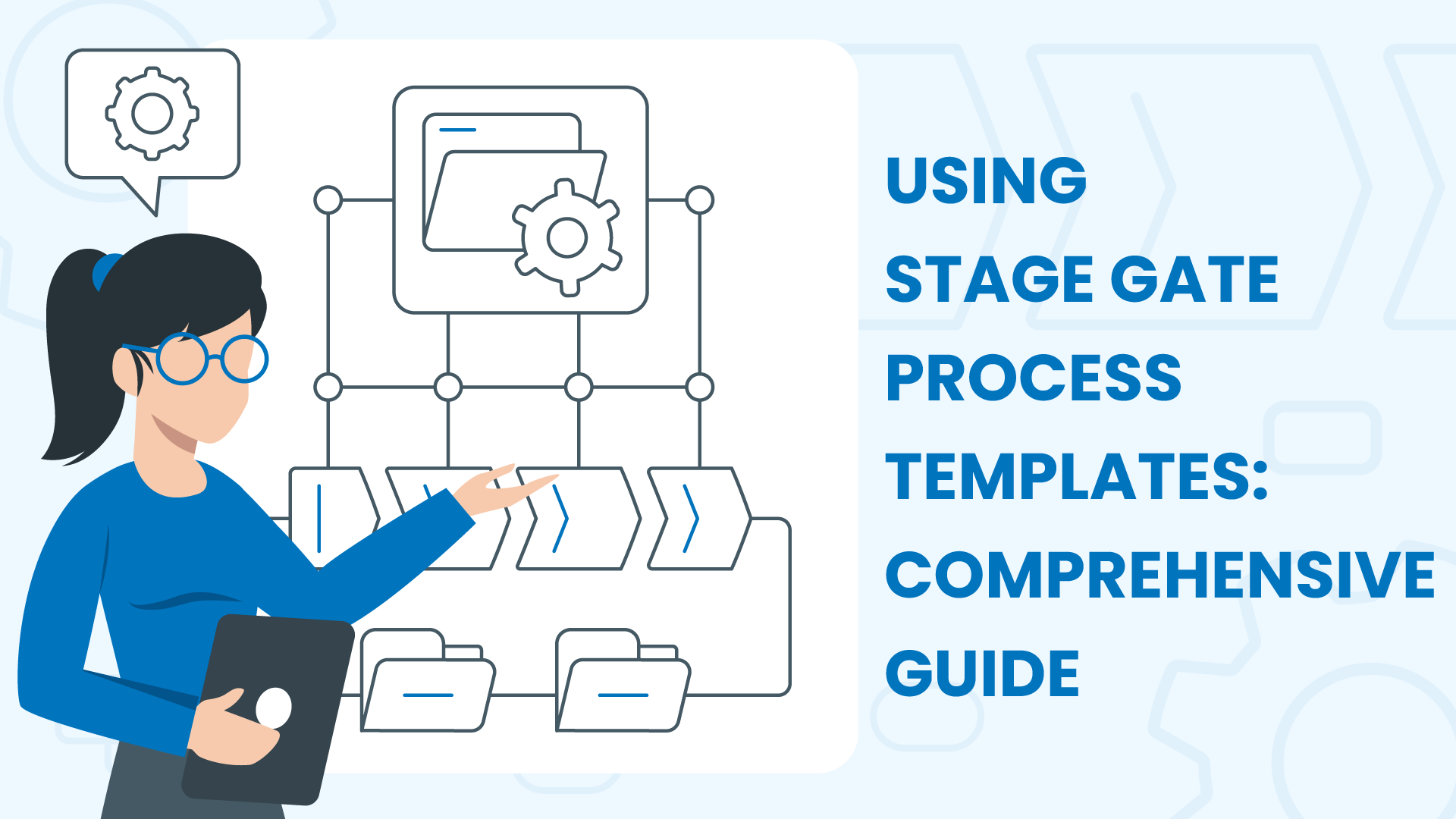




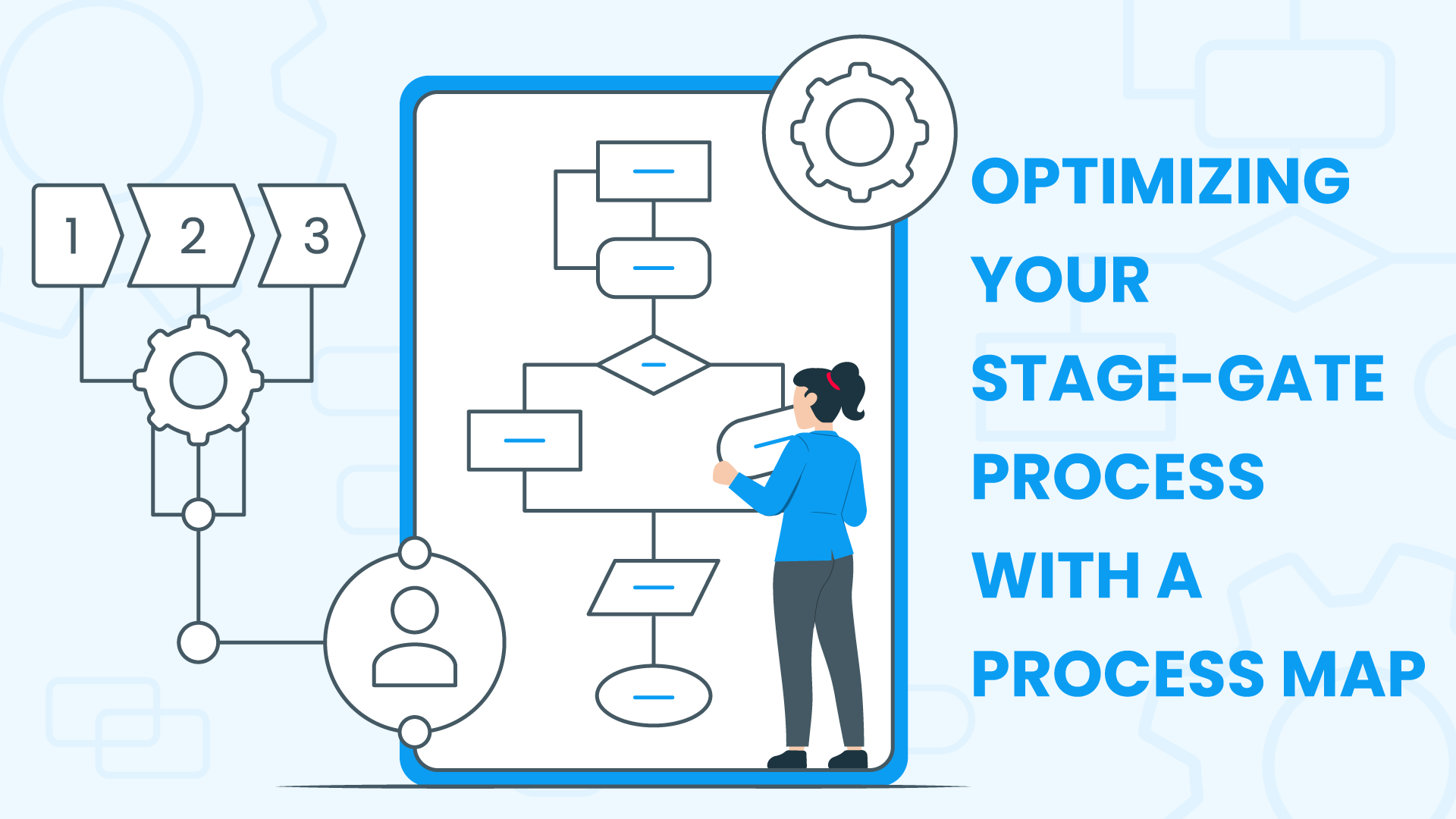




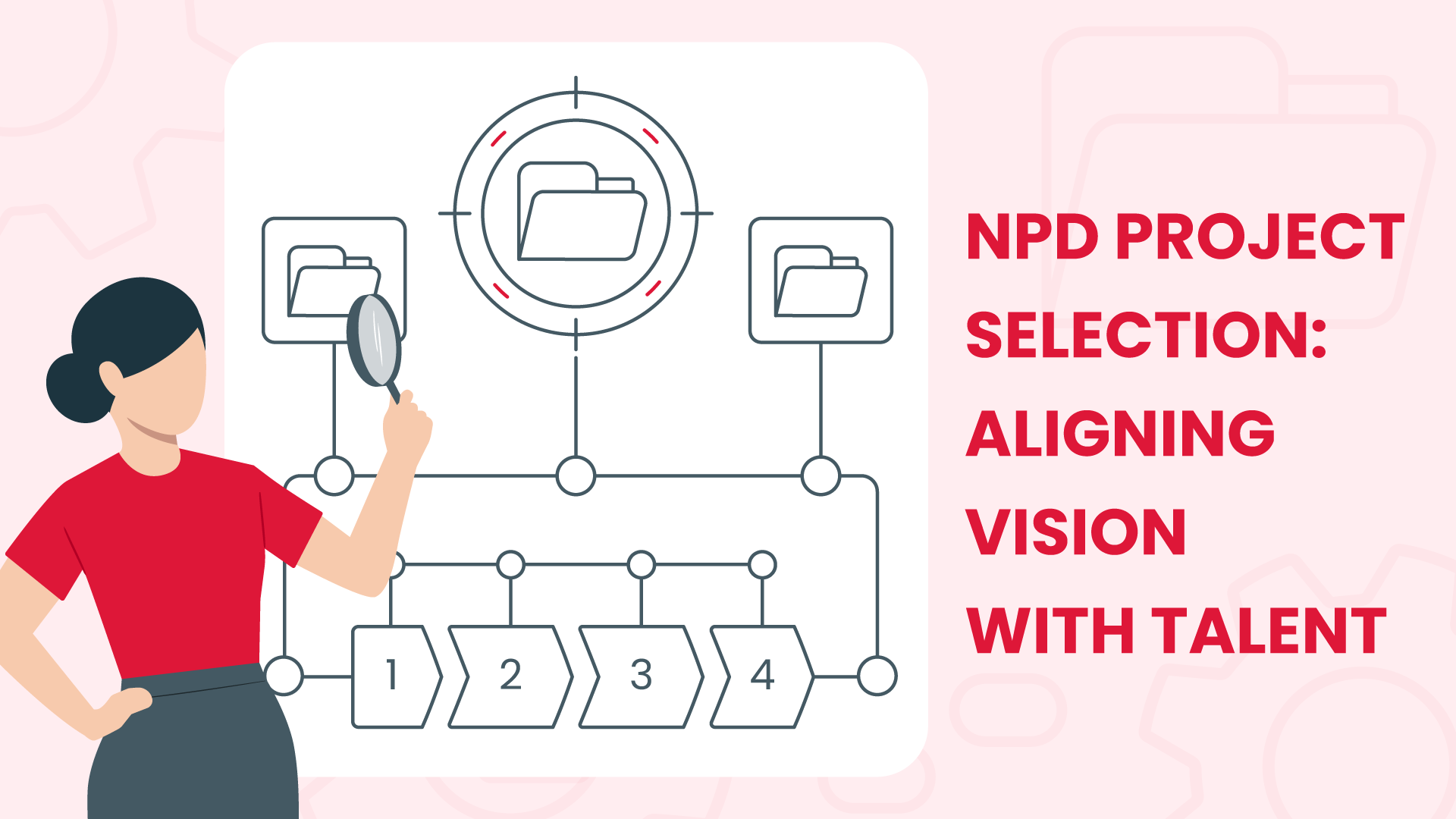



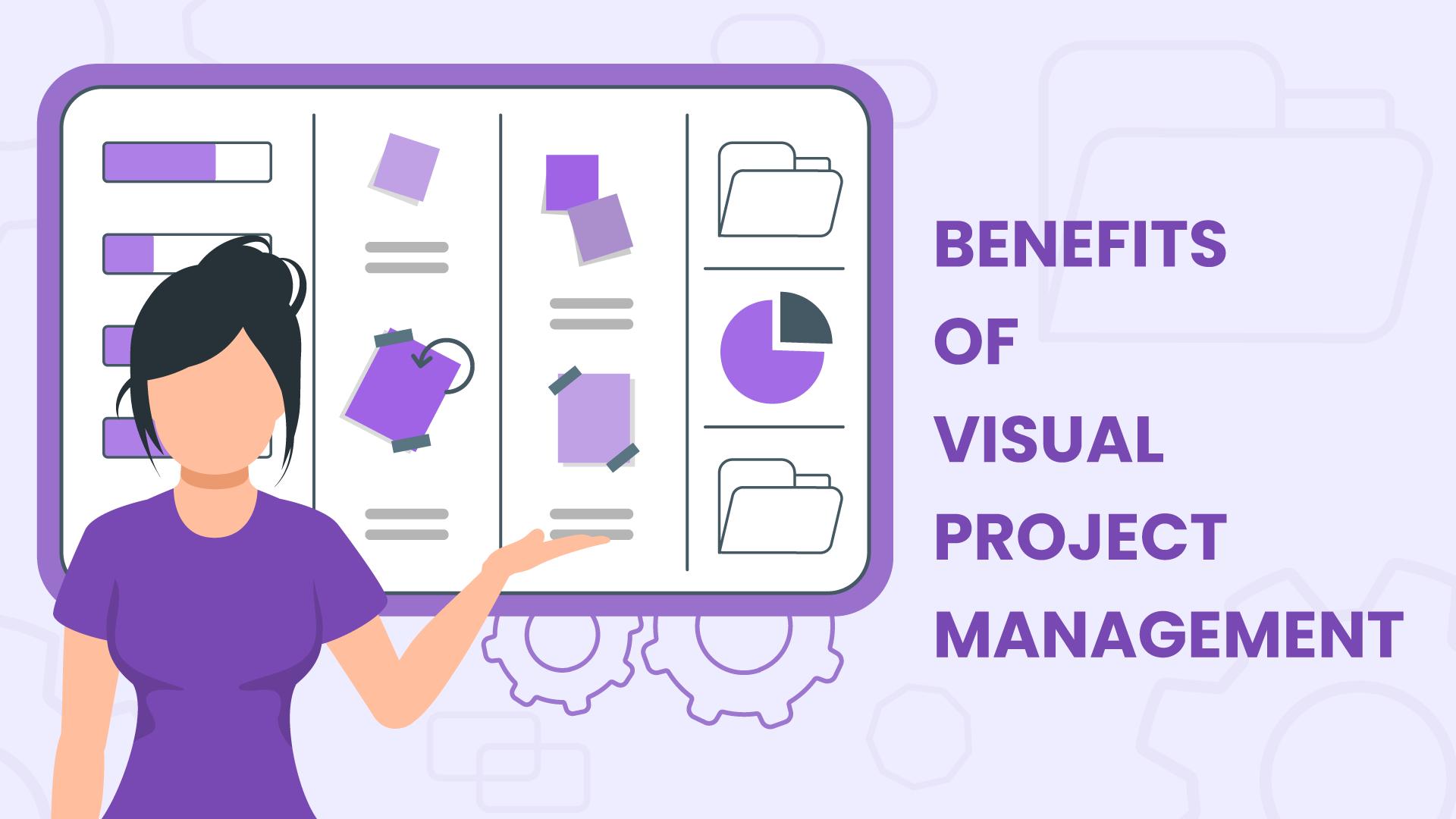


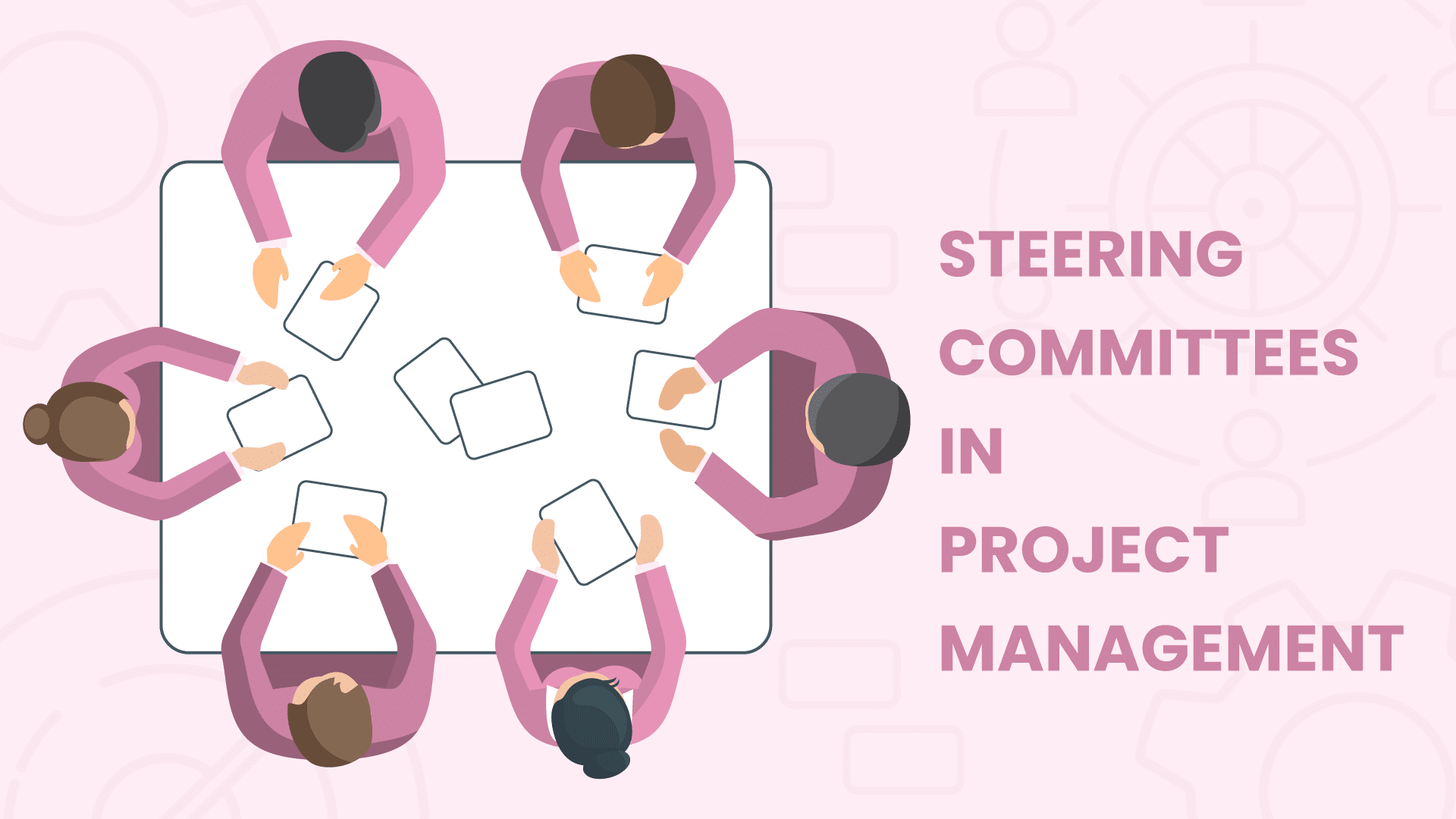



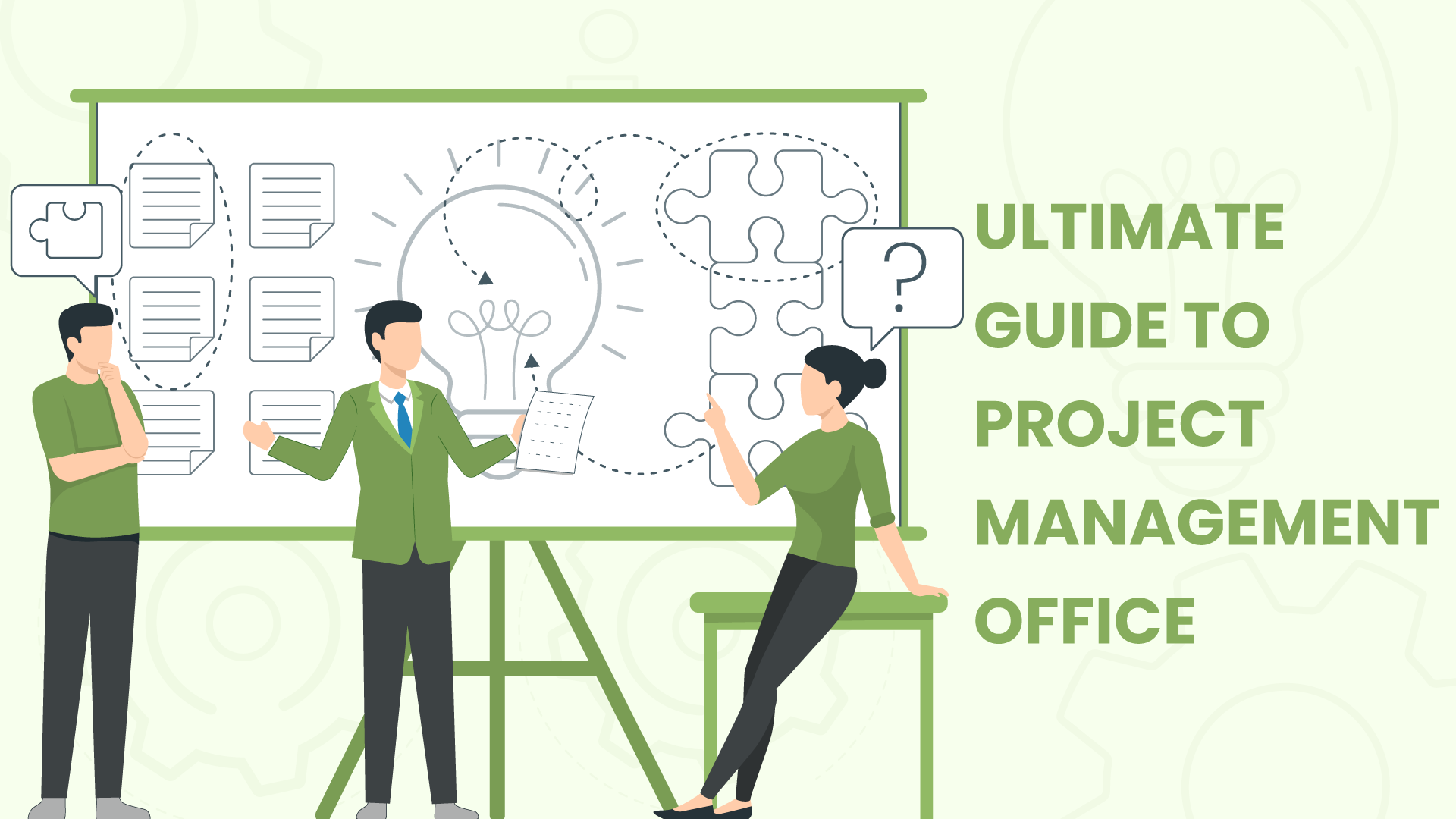

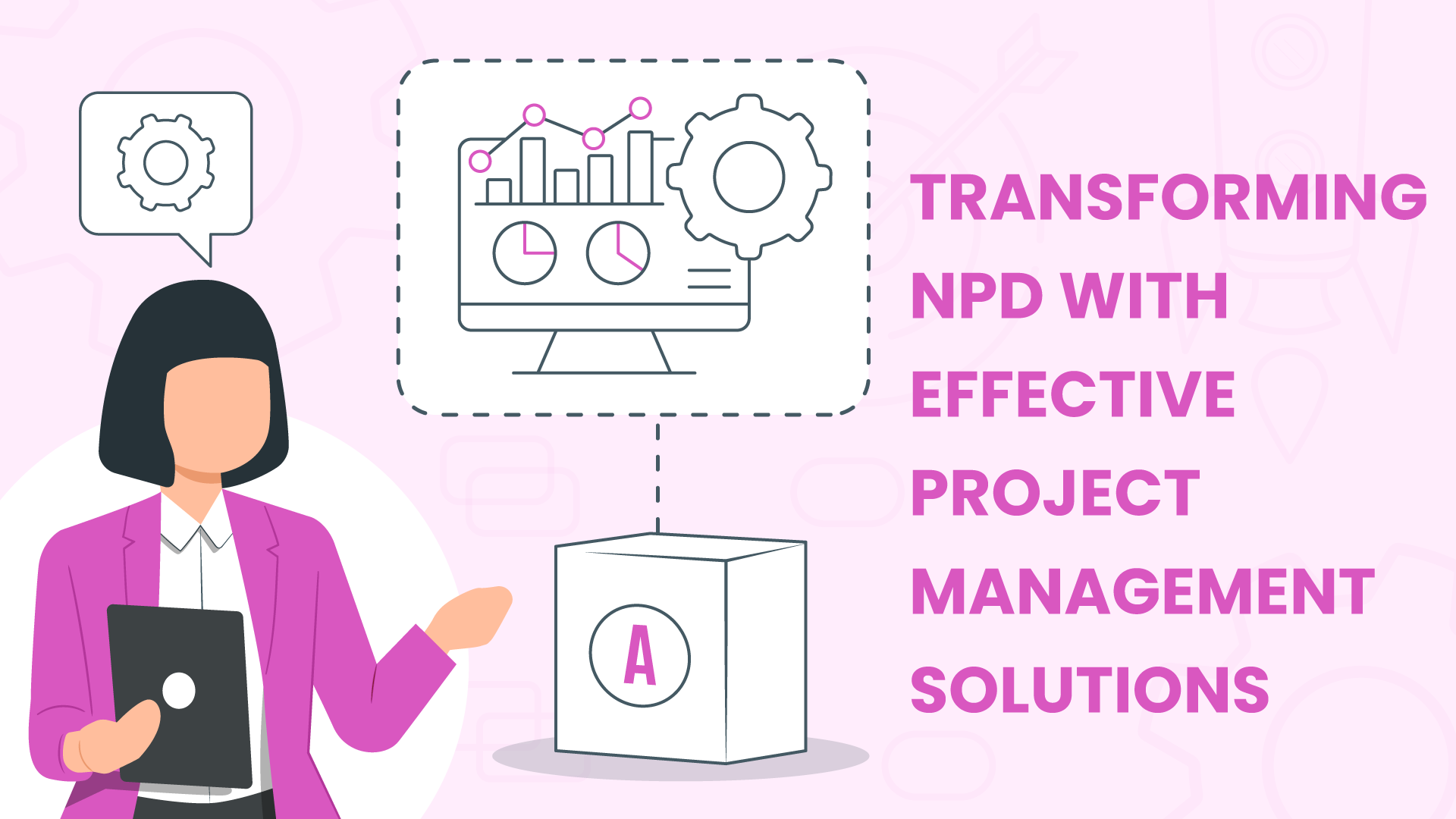

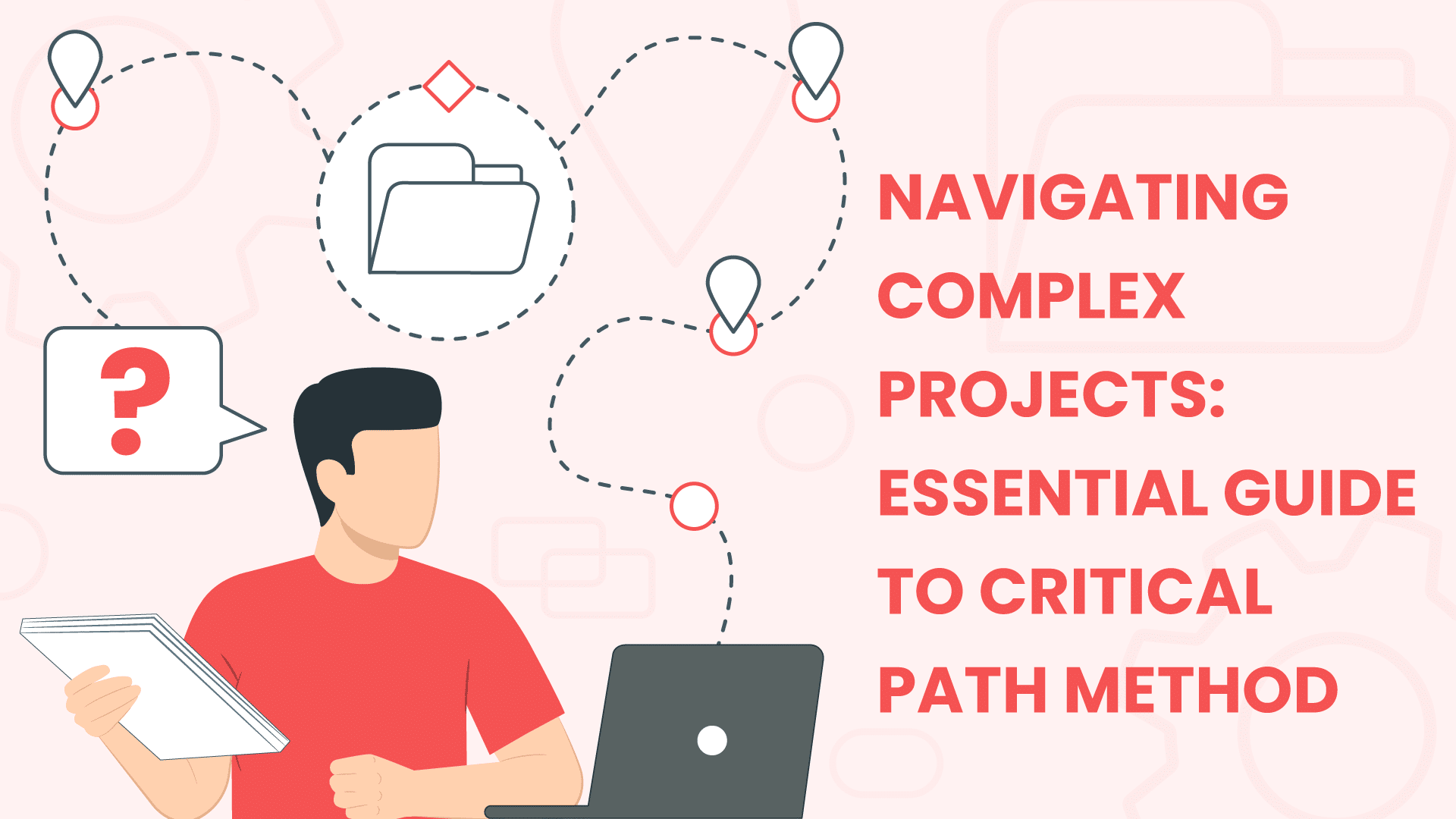





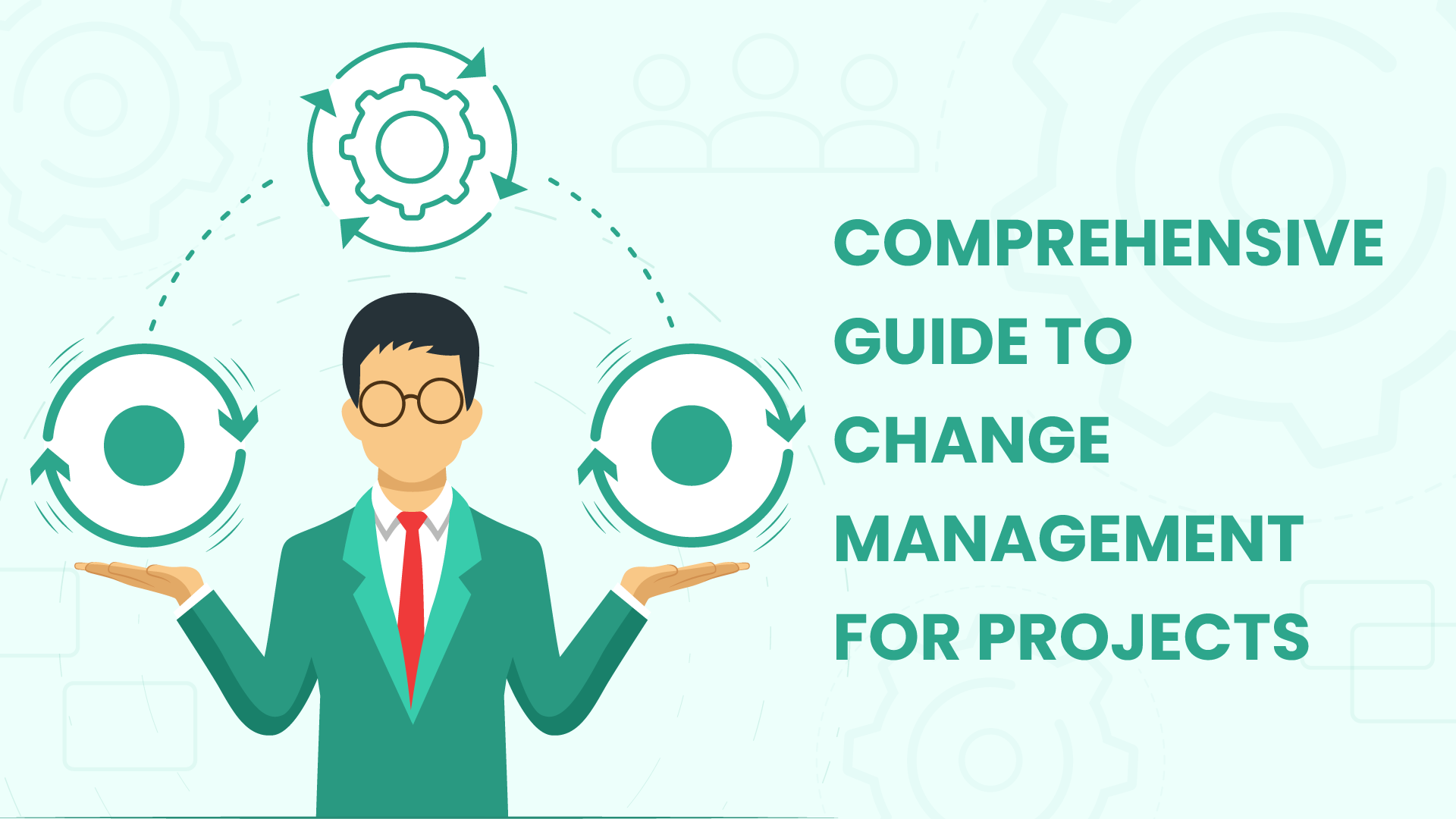
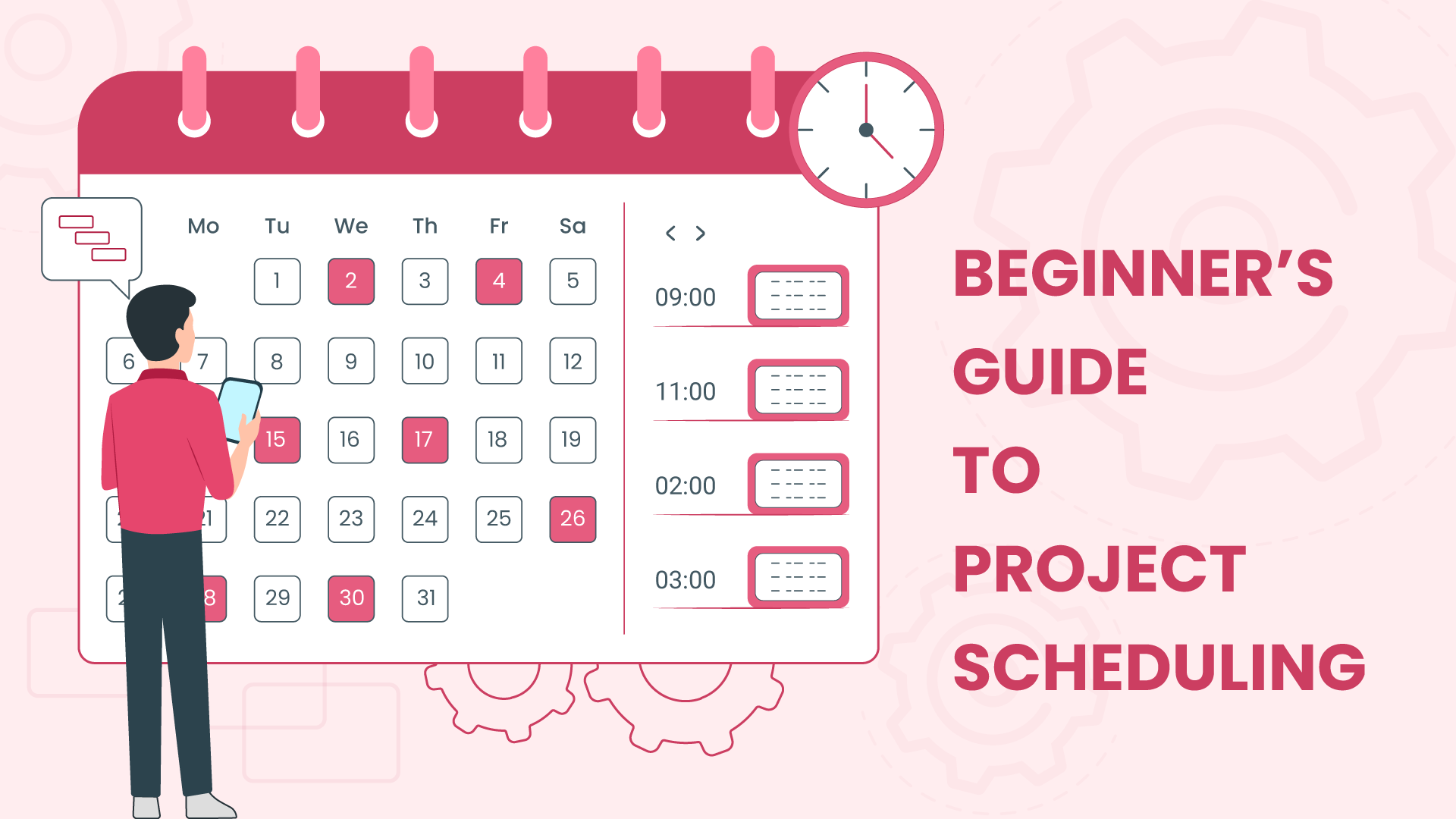
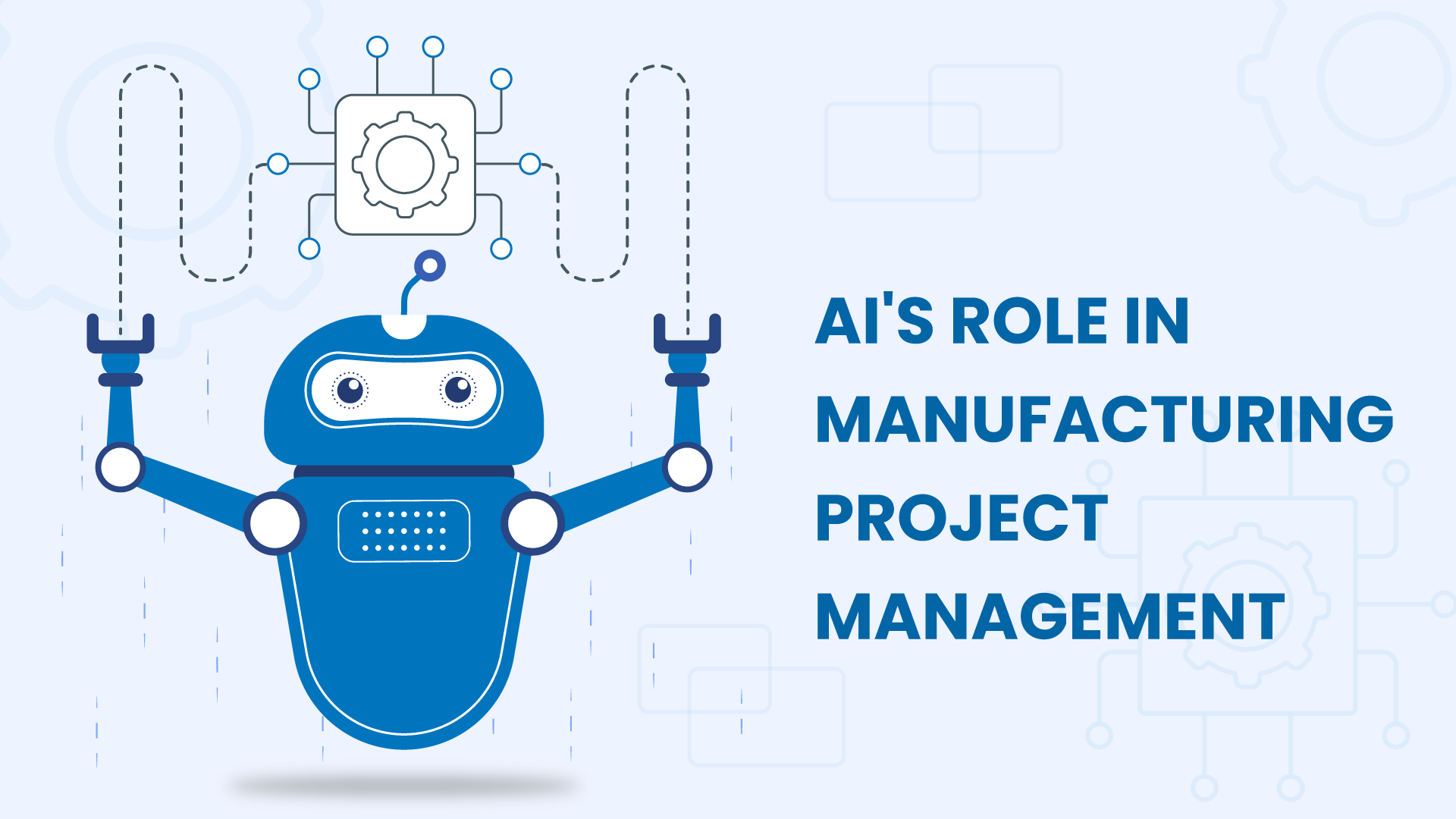



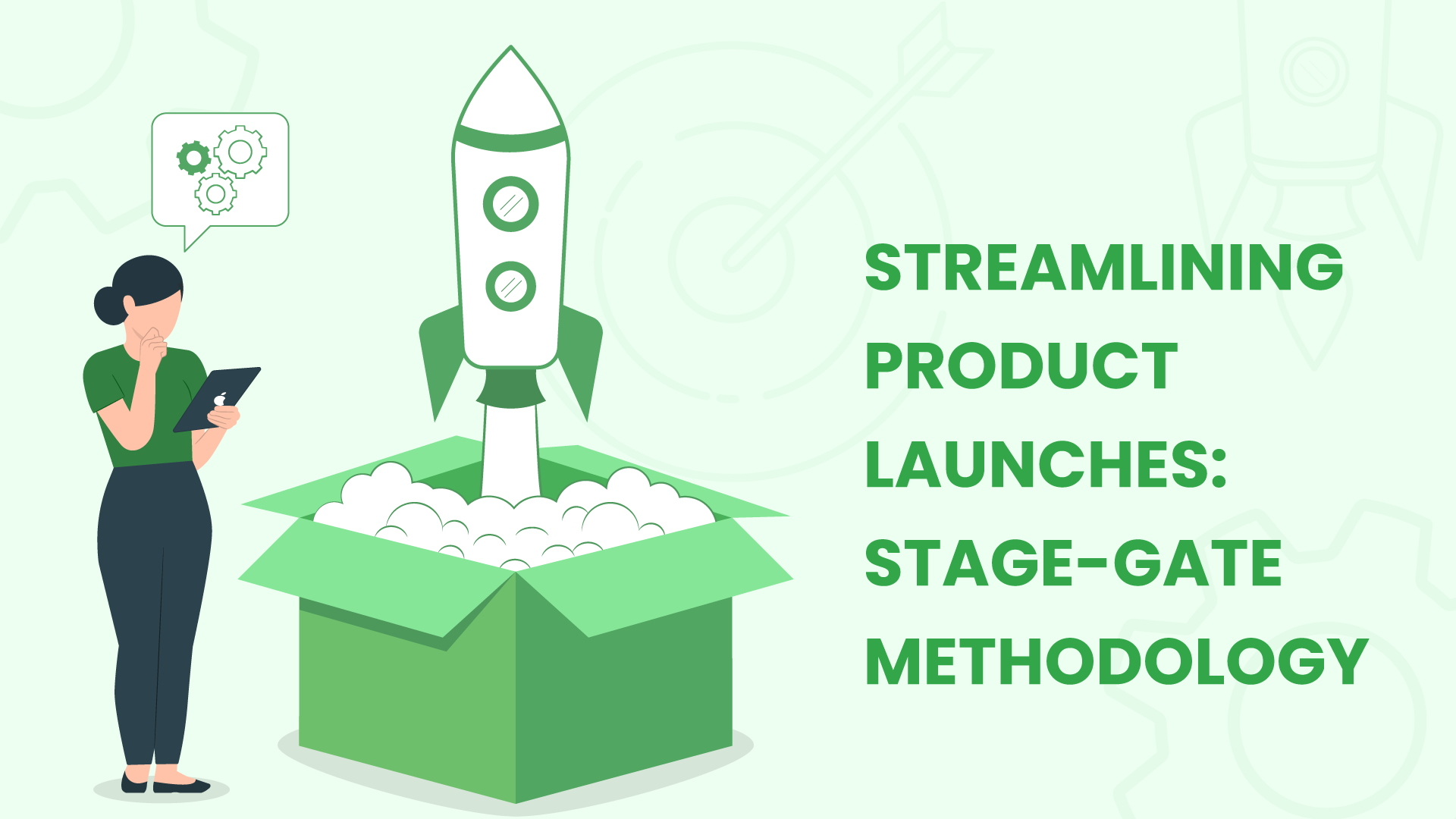
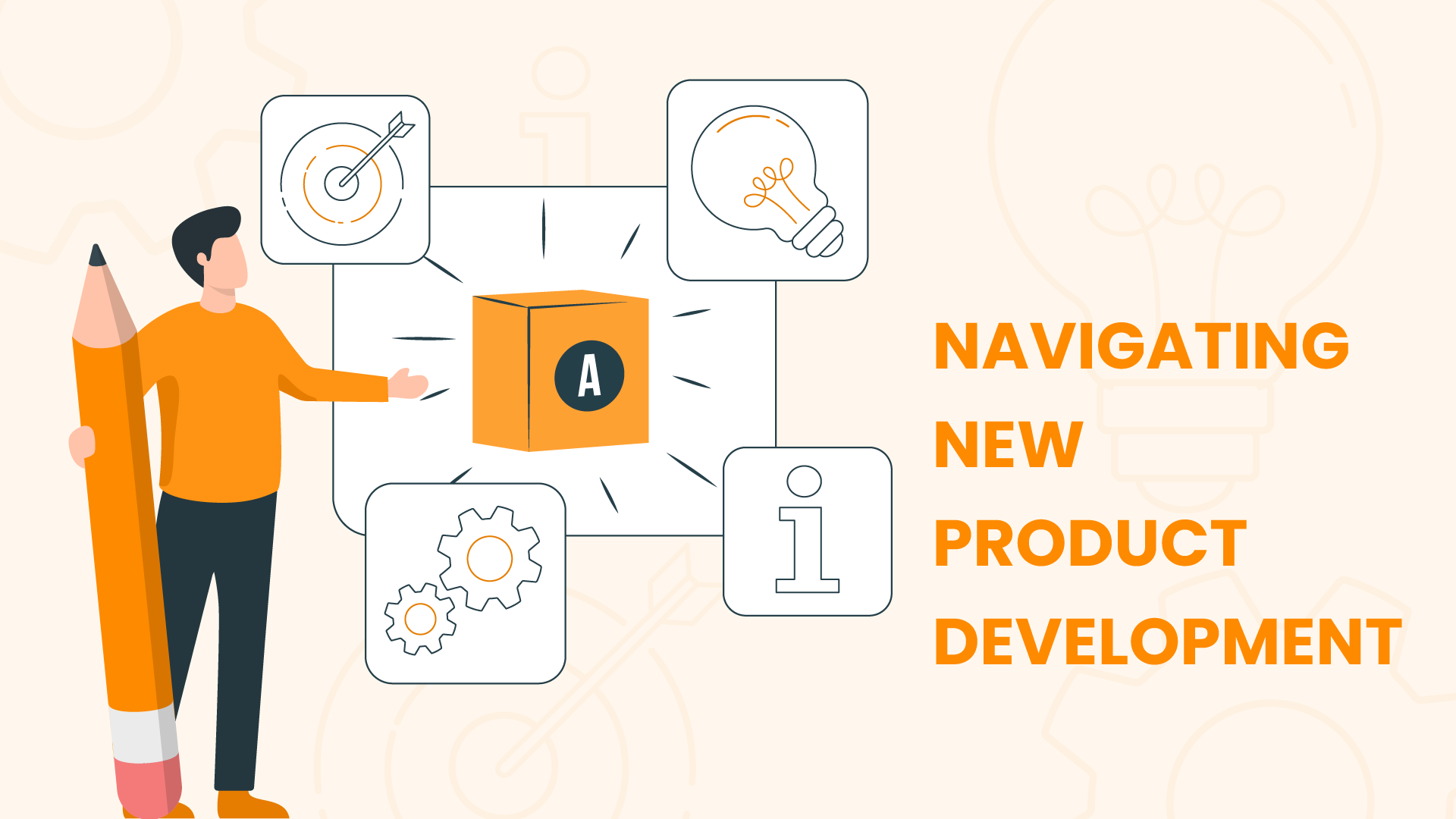





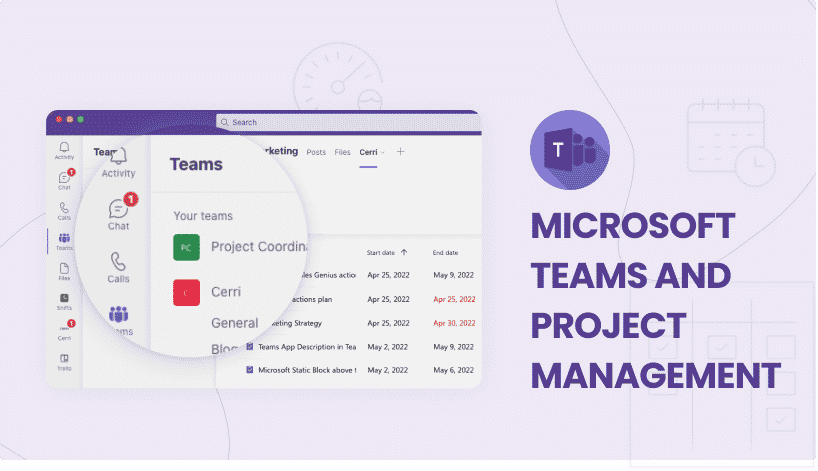



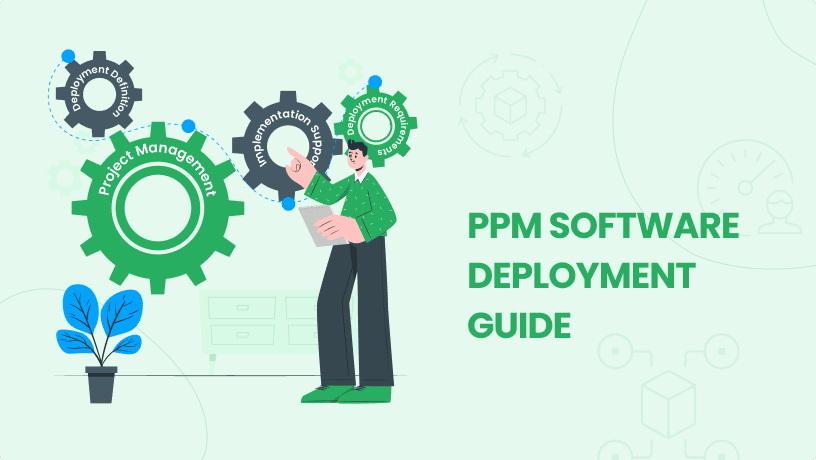
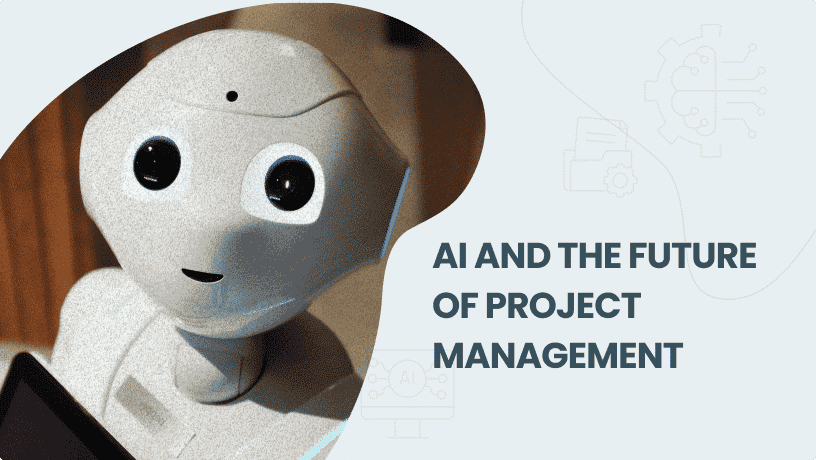
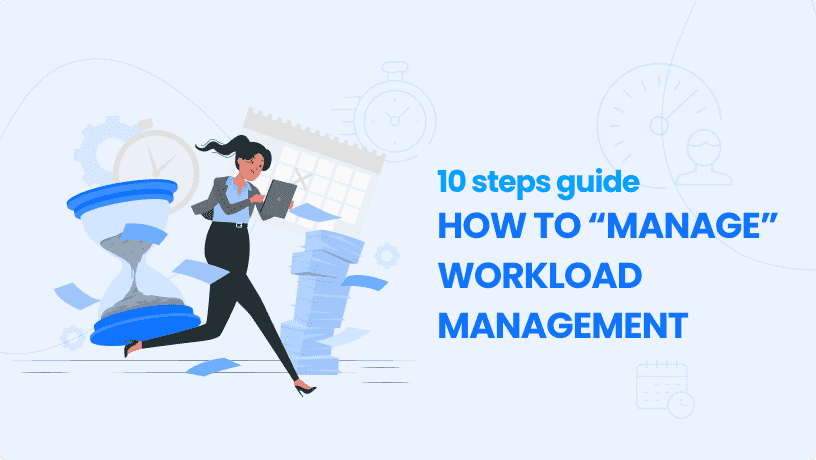






 Task Management
Task Management 

















 Customization
Customization
